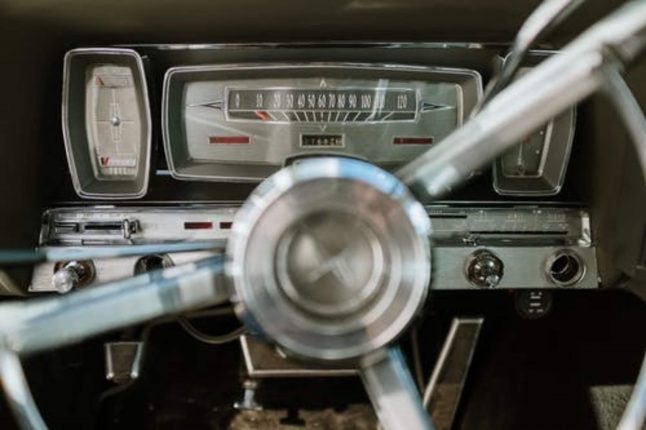It’s winter, and this means the last set of challenges for the year! While it may not be a problem for most people, those who live in icy climates know all too well about the effects of the cold on their antique vehicles. It can cause condensation, which leads to corrosion. This makes classic cars more susceptible to rusting due to the compact moisture in the air. You don’t want that do you? Here are some tips on how to take care of your expensive vehicle during these long months!
Wash Your Car
Washing your car thoroughly is the most basic preparation you can make. Any oil or dirt that is on the surface should be removed. Keep in mind that it’s best to clean your vehicle before winter arrives. This helps avoid any residue and other chemicals that might damage it later on. Pay attention not only to the exterior but also underneath the car as it is where all the mud and dirt accumulate. During winter, washing might not be possible, so it’s better to wipe your car with a warm microfiber cloth.
Fill the Gas Tank to Avoid Condensation
The fuel tank is one of the most common places where condensation can build up. It can occur when the cold air meets the warm surface of the container. It can be highly damaging for an antique car that can be fragile. On top of that, the moisture that accumulates might cause water and gasoline to mix. This is not good! The water droplets are denser than gas and will sink to the bottom. Eventually, it will cause corrosion or even prevent your car from starting up. An ideal way to avoid this is to fill the gas tank so water or ice will have no room to form.
Check if the Antifreeze Levels are Adequate
The antifreeze exists to stop the engine from freezing when it’s not running. The extreme cold can quickly suck up all the antifreeze in the system. That’s why you’ll want to change fluids before winter starts. Also, keep in mind that regular maintenance should always be done on a classic car. To begin, check all of the fluids such as oil changes and brake fluid are adequate as these are essential components of keeping an older vehicle intact.
Invest in Winter Tires
It might seem like a financial burden, but this one’s totally worth it. Before you head out in the snow, make sure to equip your car with winter tires. This is especially important for drivers in cold climates where it snows a lot. Winter tires are designed specifically to handle slippery roads and help you avoid collisions. Just think of it like this, if your classic car gets in an accident, you’ll have to pay more to get it repaired. So start shopping for winter tires now!
Buy a Good Car Cover
During the winter, chances are you’ll just be going to keep your classic car sitting in the garage. While it is an excellent way of preserving the vehicle, you should also go the extra mile to obtain a good winter cover for protection. If you’re storing it indoors, get a semi-tailored cover that gives it room to breathe. This helps avoid moisture build-up. If you’re keeping it outside, get cover that protects the entirety of the vehicle from getting buried in snow.
Wrapping Things Up
Winter is truly the bane for classic car owners. The best way you can safeguard your car is to make necessary investments to buy equipment that protects it from the cold. Hoping for your vintage wheels to survive without any issues this coming winter. Best of luck!




 2021-08-02
2021-08-02
